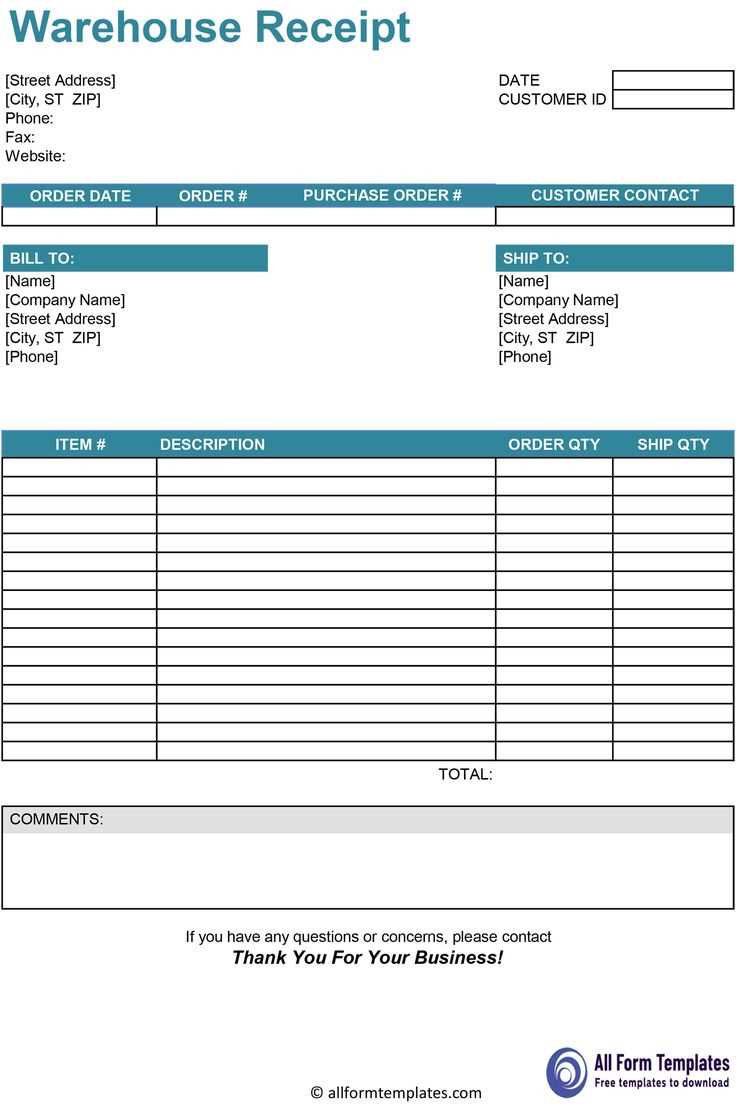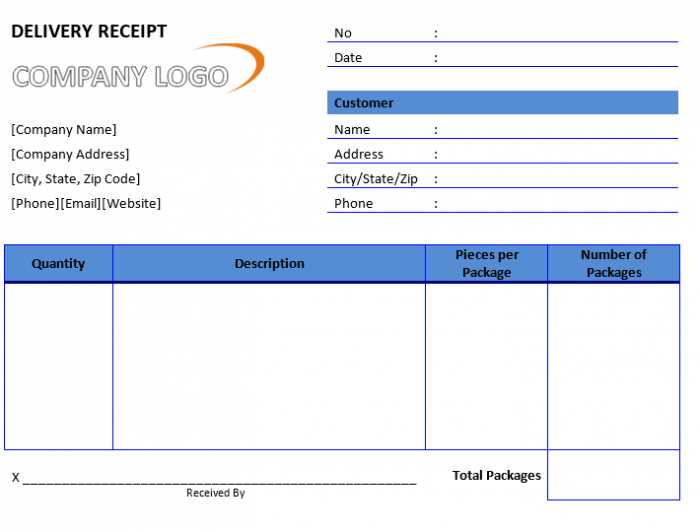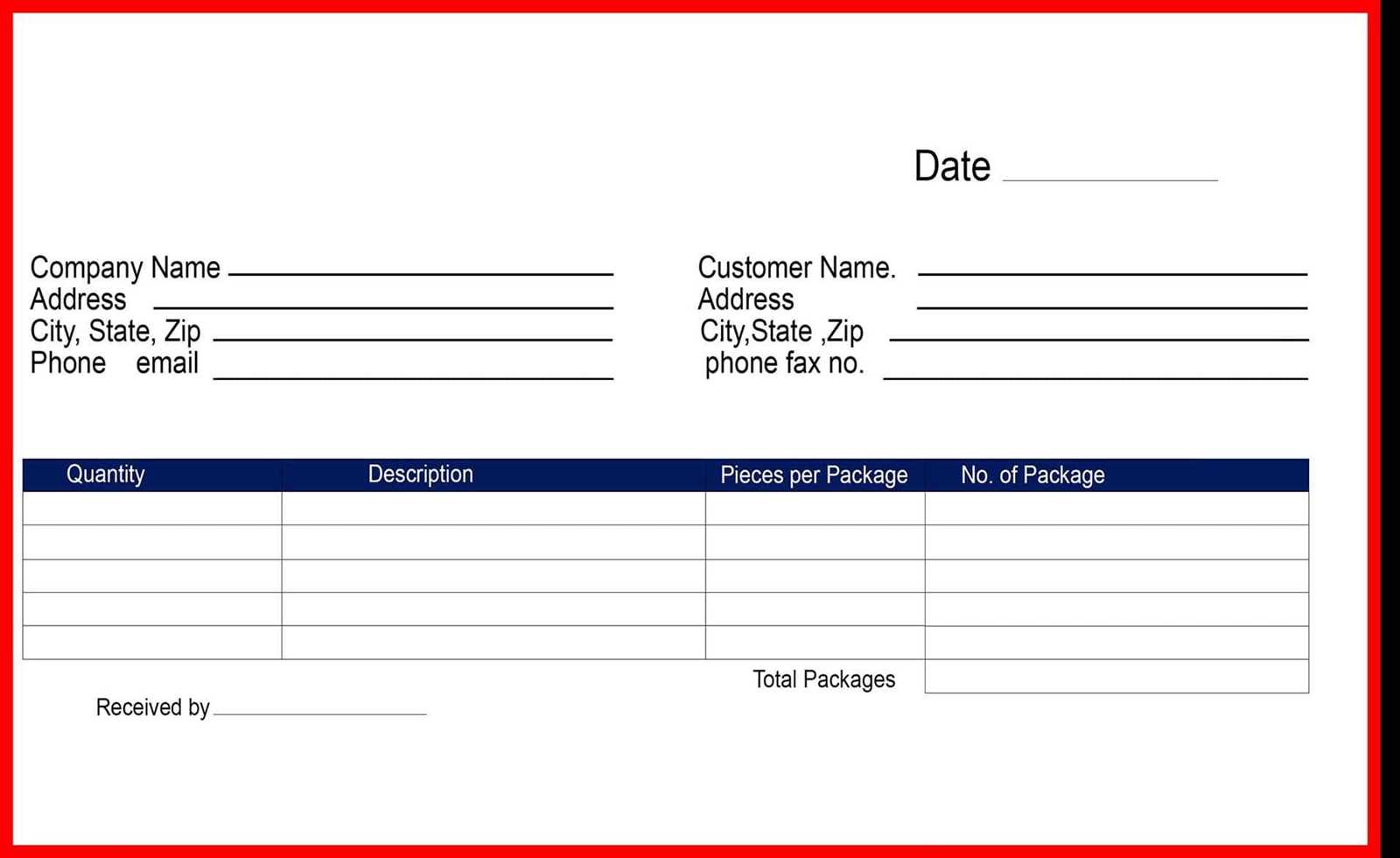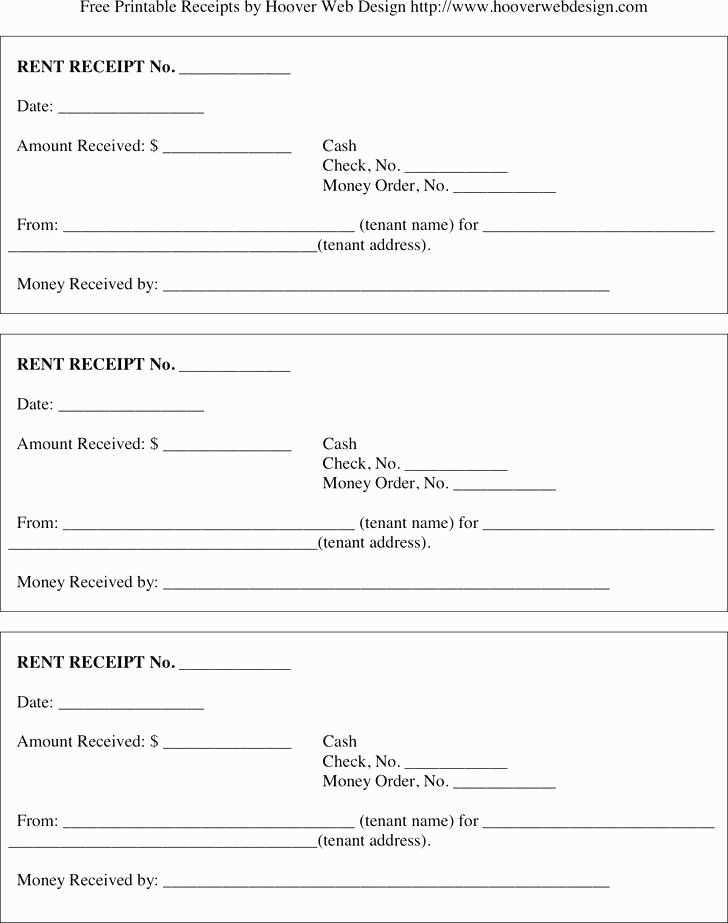
Key Components of a Receipt Form
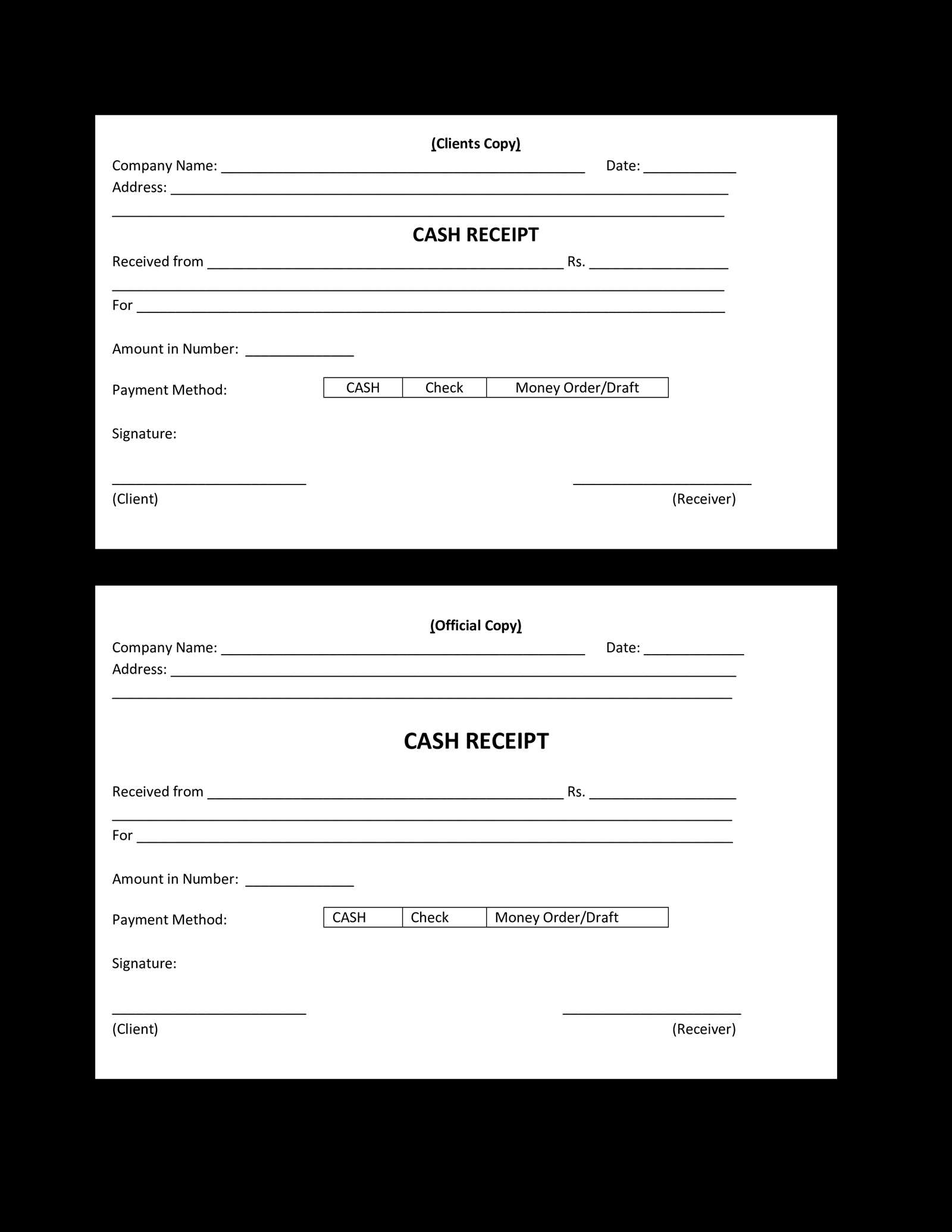
A receipt form needs to include the following key details to ensure it serves its purpose effectively:
- Business Name and Contact Information: Always place the business name, address, phone number, and email at the top of the form for easy identification.
- Receipt Number: Each receipt should have a unique number for tracking and reference purposes.
- Date and Time: Indicate when the transaction took place to keep records up to date.
- Itemized List of Products/Services: Include a detailed breakdown of what was purchased, along with the corresponding prices.
- Amount Paid: Clearly state the total amount paid, including taxes and any discounts applied.
- Payment Method: Specify the method used for payment (e.g., cash, credit card, bank transfer).
Design Tips for a Receipt Form

The design of a receipt form should be clear, easy to follow, and professional. Consider the following guidelines:
- Simple Layout: Keep the form visually clean. Avoid clutter by organizing information into sections.
- Clear Fonts: Use legible fonts that ensure the text is easy to read at a glance. Avoid overly decorative styles.
- Use of Colors: Stick to neutral colors for the background and highlight important details with contrasting colors.
Additional Features for Enhanced Usability
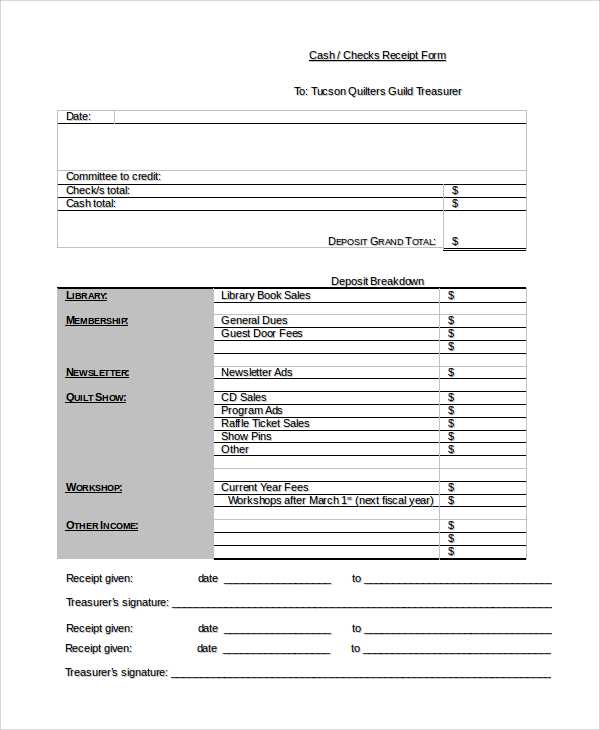
Incorporating these elements can make your receipt form more useful and user-friendly:
- Return/Refund Policy: Include a short note about your store’s return and refund policies.
- QR Code: Adding a QR code linking to your website or customer service page adds convenience.
- Signature Line: A signature line can be helpful, especially for high-value transactions or legal purposes.
These steps ensure your receipt form is clear, professional, and useful for both the business and the customer.
Receipt Form Template Guide
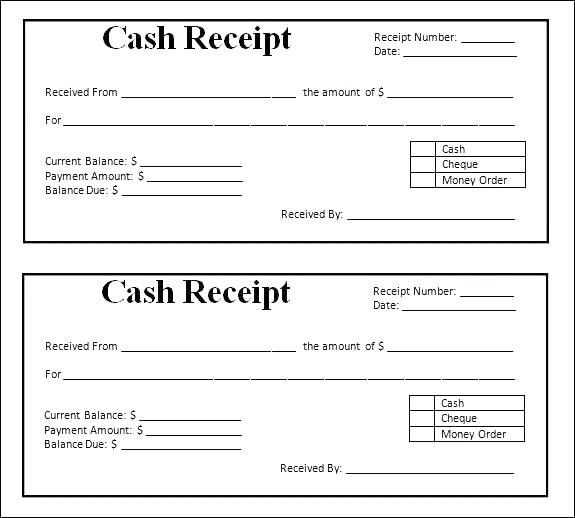
Designing a simple receipt for small businesses requires clear structure and ease of use. Start by making sure your template includes basic information such as the business name, address, and contact details. This ensures customers can easily reach out if needed. Keep the layout clean with appropriate spacing between sections for readability.
Key Elements to Include in Your Custom Template
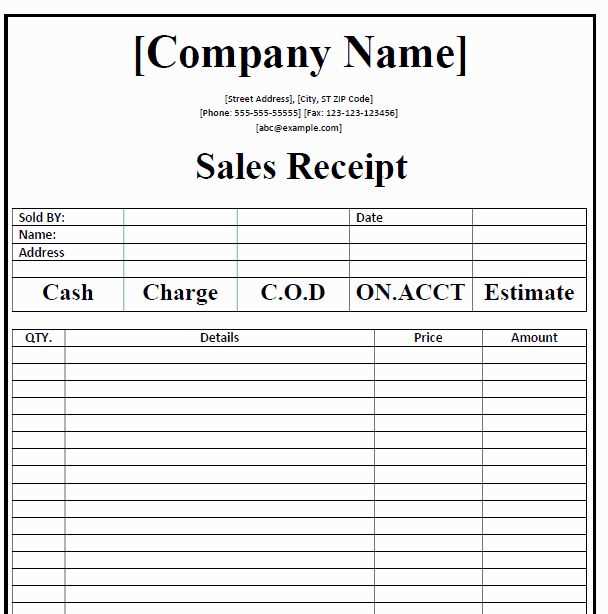
Include these critical elements in your receipt:
– Receipt number: A unique identifier for tracking transactions.
– Date and time: Ensure the transaction details are time-stamped for reference.
– Itemized list of goods/services: Display the products or services purchased, including their individual prices.
– Subtotal, tax, and total amount: Clearly state the subtotal, applicable taxes, and final total.
– Payment method: Specify if the payment was made by cash, card, or another method.
– Business information: Your company name, physical address, phone number, and email, so customers can easily reach you.
How to Ensure Legal Compliance in Your Receipt Template
Stay compliant by following the local regulations that apply to receipts. These may include displaying the tax identification number, business registration number, or additional legal disclaimers. Be aware of specific rules regarding refund policies and warranty notices for your region. It’s also advisable to check that your receipt template aligns with consumer protection laws regarding clear pricing and taxes.
